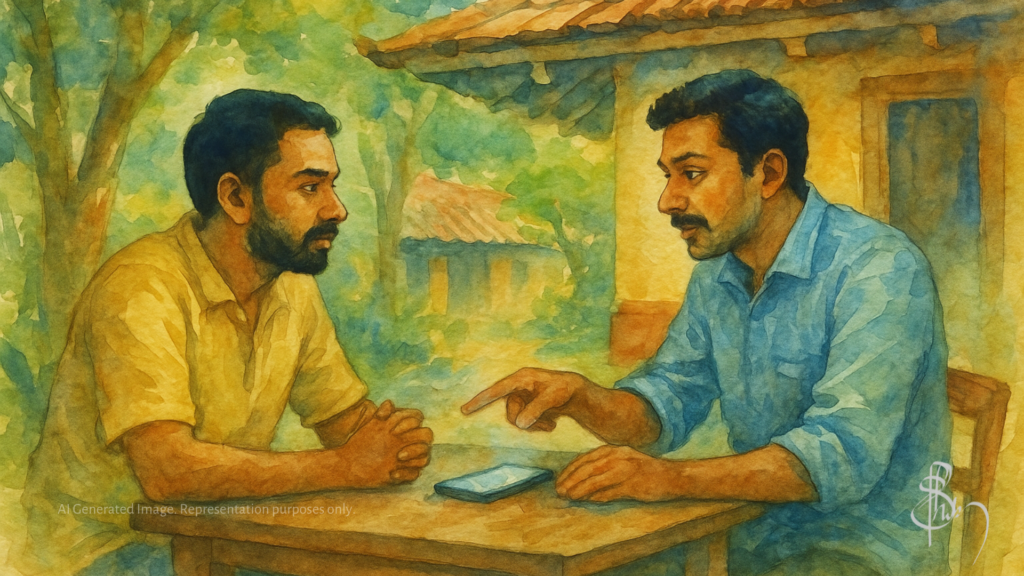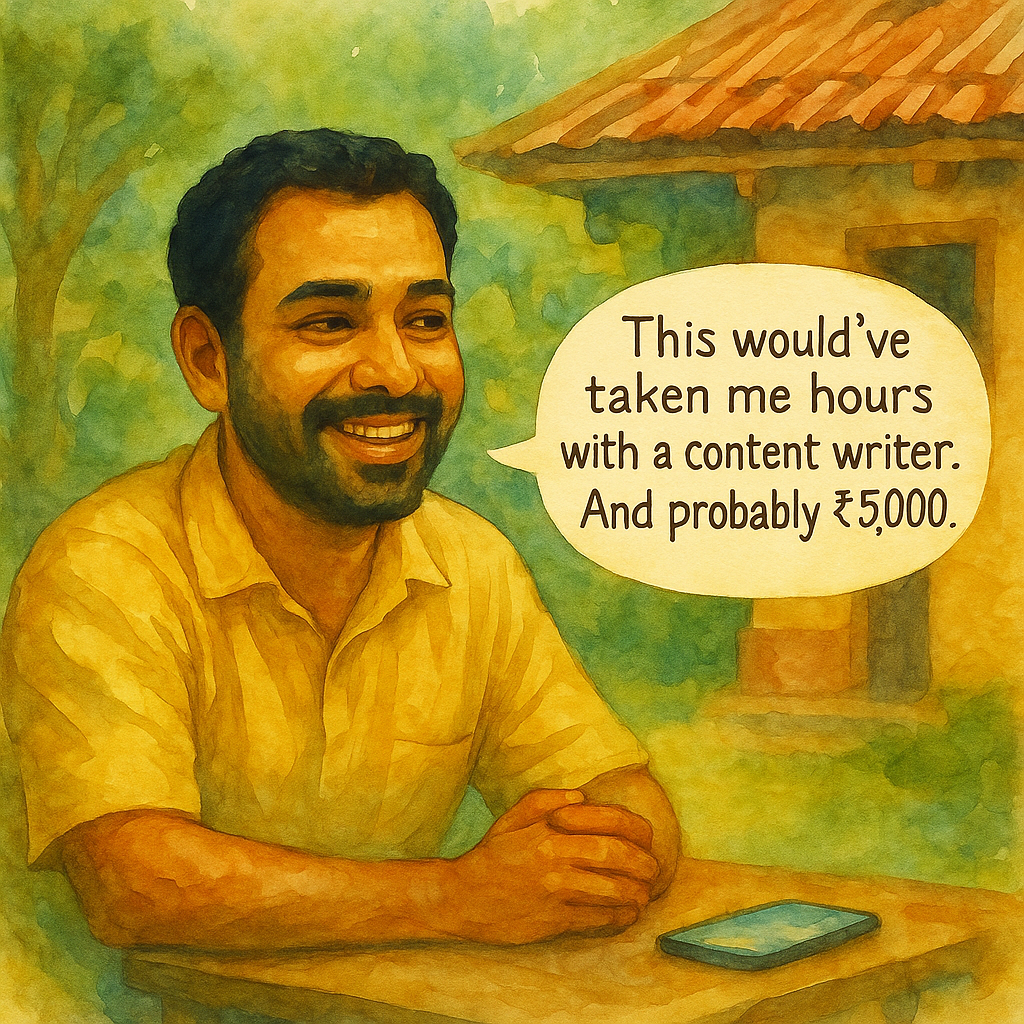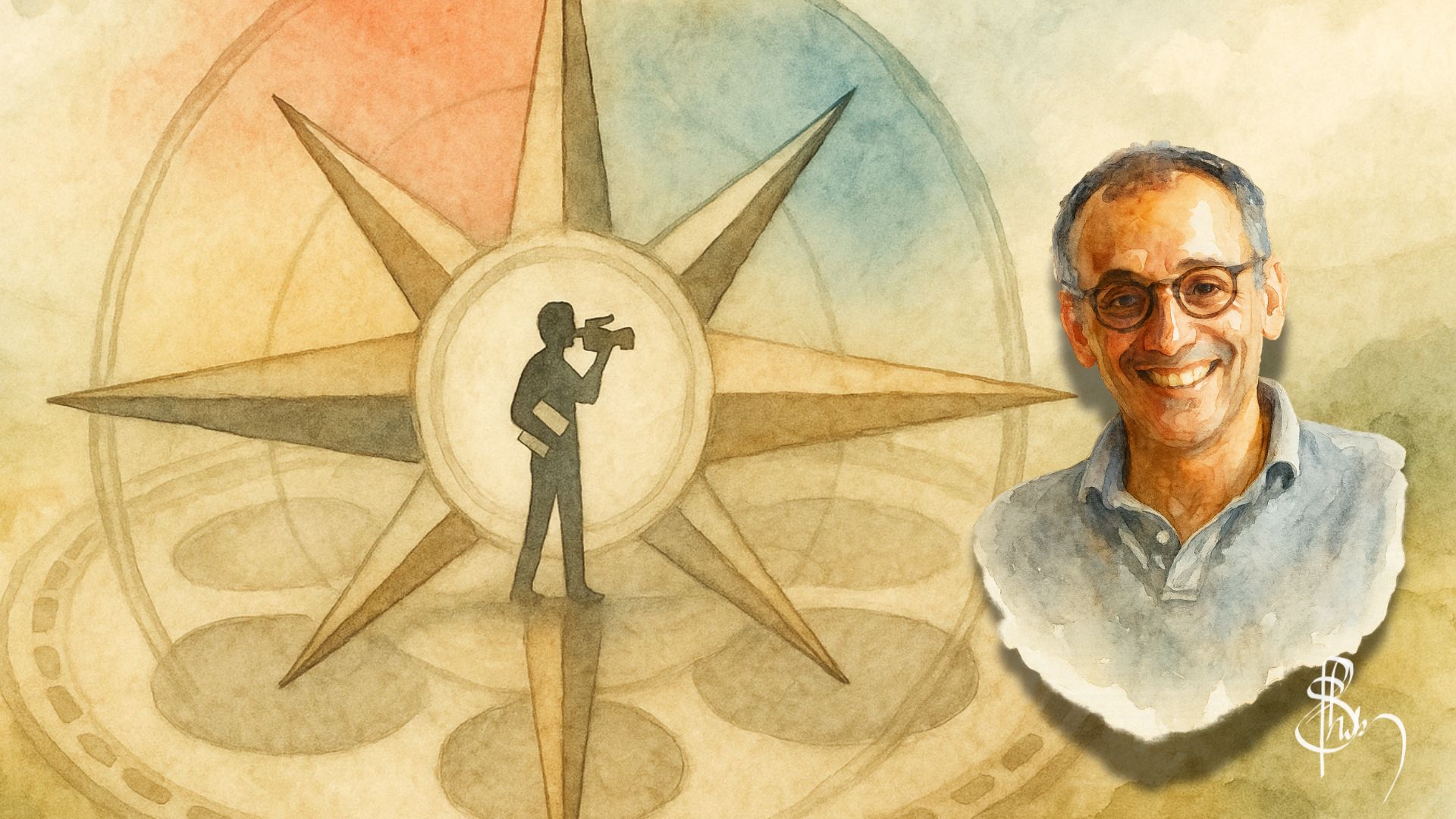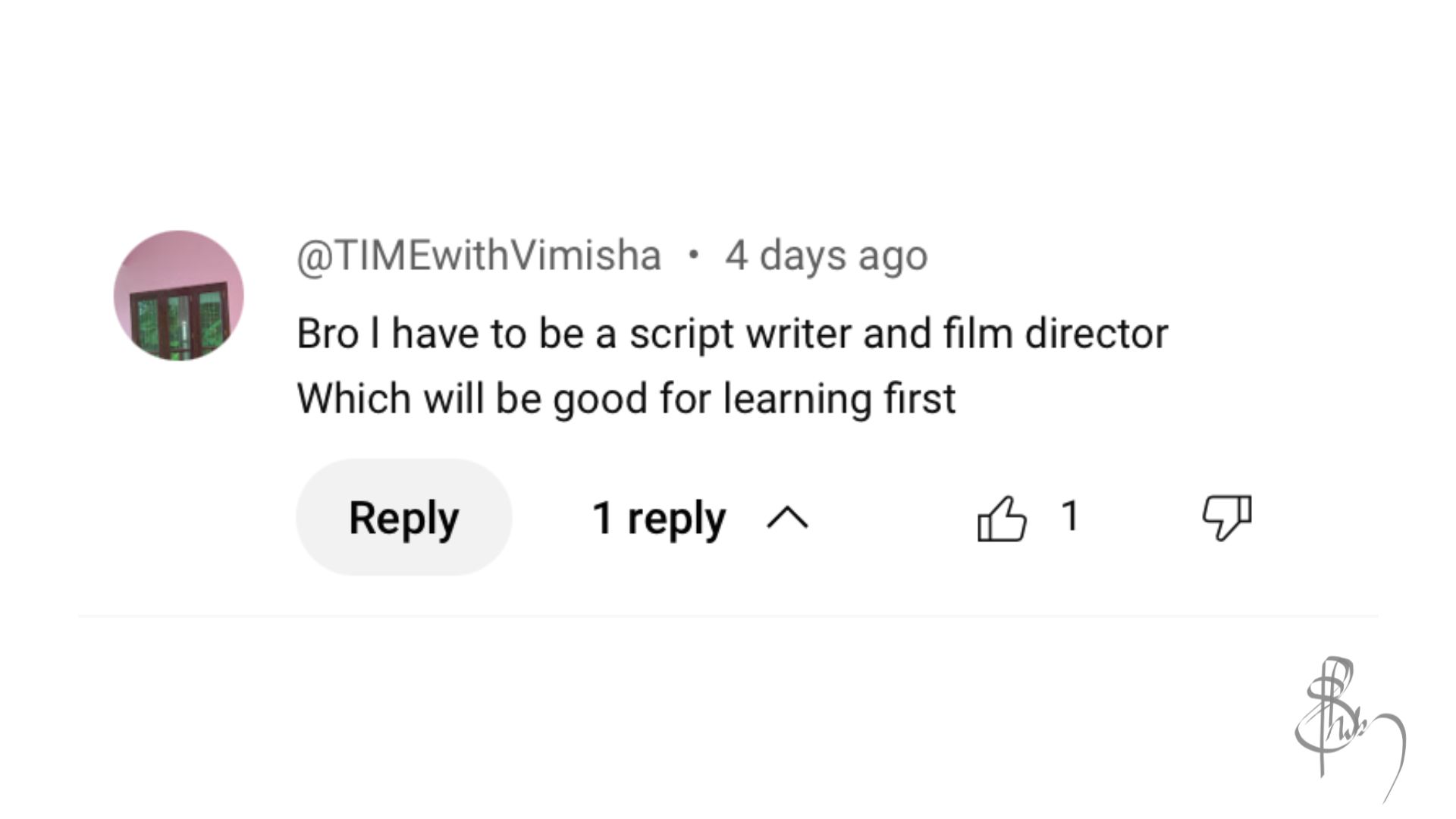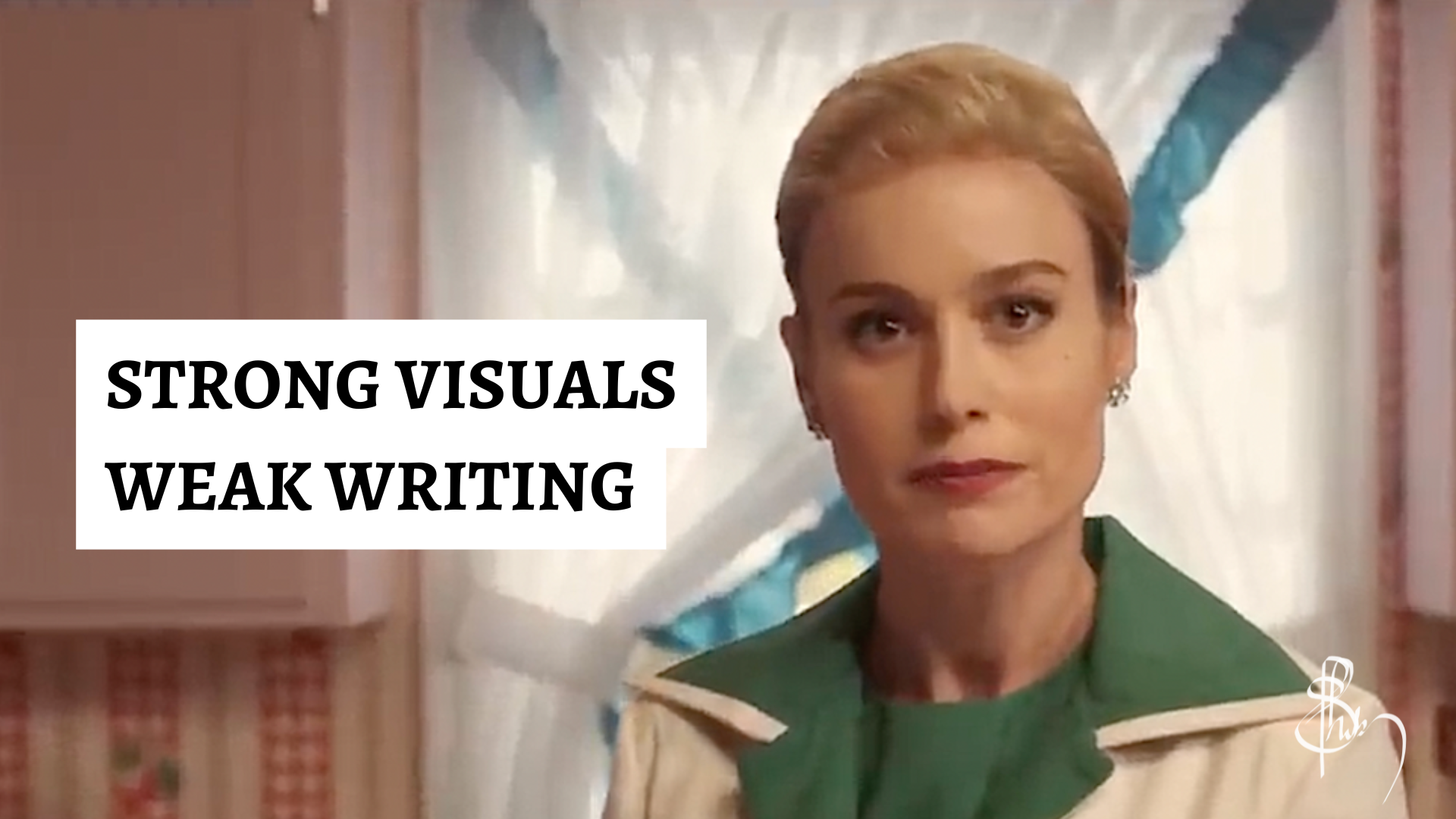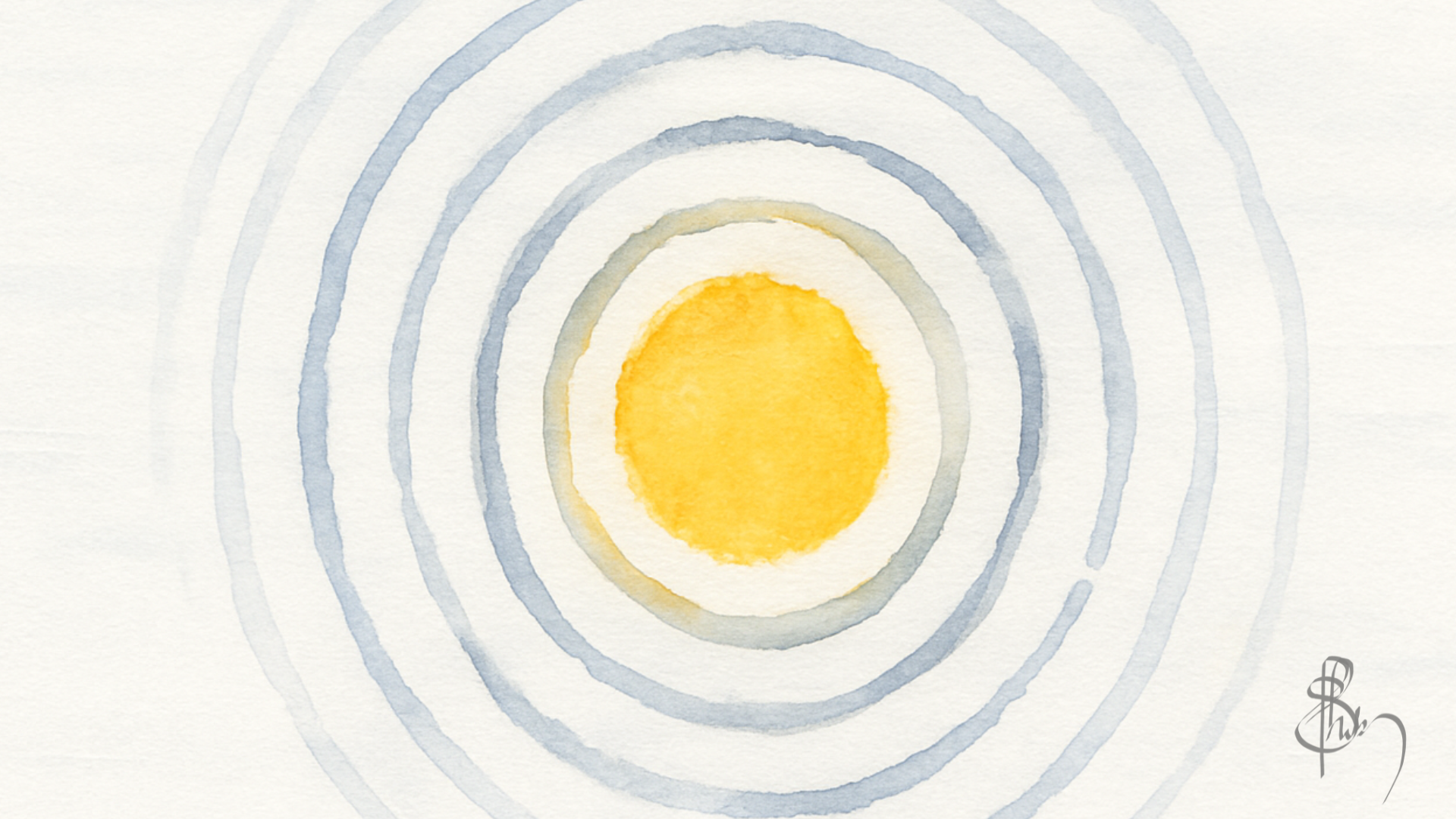A few days ago, I sat across from my old school friend Arjun at a tea shop in Kollam. He told me he’d been thinking about trying ChatGPT for the first time, but didn’t know where to start. We’ve known each other since we were children, years before either of us knew what we’d grow into. Today, he runs Swami Oil Mills, a coconut oil company that’s been in his family for over 40 years.
Arjun’s not someone who reads tech blogs or chases trends. But he’s curious. Open. A listener. So when I told him how I’ve been using AI tools like ChatGPT for the past six months, not to replace my work, but to gently assist it, he was interested. Not sold. Not sceptical. Just… interested. That was good enough.
What Most People Do First (And Why They Stop There)
Like many people trying ChatGPT for the first time, Arjun’s instinct was to ask “What do you know about me?” Even I did the same thing when I was trying ChatGPT for the first time. It’s okay.
But the problem is that the response from ChatGPT, of course, is always a guess. Vague. Hallucinated. Unless of course, you are one of the big celebrities that the AI is trained on. Which I am not. Arjun was not. And which most people are not. So it leaves us all unimpressed. So most try AI once and never come back to it again.
Not knowing where to begin isn’t a failure. It’s the beginning. I had my own very same tangled first times. Half-formed questions. Mismatched responses.
But a lesson I learned from Jeremy Utley helped me shift how I approached this tool:
“Treat AI like an intern. Not an oracle.”
That idea changed everything for me. And it’s what I shared with Arjun.
Why Mindset Matters When Trying ChatGPT for the First Time
If you hired a new intern at your company, would you expect them to understand your values, your audience, and your tone of voice on Day One? Of course not.
You’d train them. Give feedback. Show them what works, and what doesn’t. Over time, they’d begin to reflect your style, anticipate your needs, and maybe even surprise you with good ideas. ChatGPT, I told Arjun, works the same way.
It’s not perfect. It doesn’t know your world until you invite it in. But once you do, and once you stay with it, something begins to shift. That’s the shift most people miss when trying ChatGPT for the first time. It’s not just about typing in a question and expecting it to know everything. It’s about how you frame the relationship.
Walking Arjun Through His First Chat
We opened up a fresh chat and began asking about the coconut oil business. The first few responses were disappointing. Too generic. Too Western. It didn’t capture the tradition, the care, or the unique process behind his specific cold-pressed coconut oil, nor the cultural context of Kerala cuisine.
Instead of stopping there and saying AI is useless, we kept going. I encouraged him to use the voice feature to speak to ChatGPT, not type. At first, he was hesitant. Years of using Siri and Google had trained him to speak in full stops and commas, to form perfect sentences.
But ChatGPT wasn’t like that. It could follow the flow of thought. It is okay to ramble a little. To say your ums and ahs. I encouraged him to speak like himself.
As he did, the responses got better. Not perfect. But better. We taught it about his particular business, his process, and his target customers. He pointed out the Western-centric bias the responses were having and the lack of Kerala context. What surprised him most about trying ChatGPT for the first time wasn’t the answers, but how quickly the tool adjusted once it had some context.
Once he had had a healthy discussion with ChatGPT, we asked it to summarise the whole discussion and to suggest a social media post using that summary. The first response wasn’t good, as expected. We told it why the first attempt didn’t work. We asked it to rewrite. To question us back for more context and information. It did.
And slowly, the caption improved. From 50% good, to 80%. I told Arjun to rewrite it in his own voice, and then feed that back in. That would get us closer to 90%.
By now, he was smiling. “This would’ve taken me hours with a content writer,” he said. “And probably 5,000 rupees.”
The Aha Moment: AI Builds Context Over Time
One thing he hadn’t realised was that this chat was learning. Not in a scary, surveillance way. But in a companionable way. The more we spoke, the more the tool remembered. Not just facts about his business, but feelings, voice, and intent. It wasn’t just a transaction anymore. It was becoming a thread. A relationship.
I told him: “You can come back tomorrow and pick up from here. It’ll remember the tone, the audience, the products. You’re not starting over.” That excited him.
The Early Cars Analogy
I shared a metaphor that helped me. When cars were first introduced, they weren’t wildly better than walking. They broke down. Needed hand-cranking. But even a five-minute time save here and there began to compound.
People who chose cars early, despite the glitches, began moving through the world differently. Over time, the gap widened. Not because they were smarter, but because they started learning with the tool.
That’s where AI feels like it is right now. Not revolutionary in a day. But quietly evolutionary, if you begin.
Trying ChatGPT for the First Time Looks Different for Everyone
What I need from ChatGPT as a writer-filmmaker is different from what Arjun needs as a business owner. And that’s the point. There’s no “right way” to use these tools.
For me, AI helps with things I don’t enjoy, like coming up with blog titles or choosing images. For Arjun, it might help with reading his electricity bills or making sense of old balance sheets. While for you, it might be something else entirely.
The key is to start with the friction. Use AI not where you shine, but where you stall.
An Invitation
You don’t have to be an early adopter or tech-savvy. You just have to be curious.
Try it for fun, for a small task. Try it for something you’ve been putting off. You don’t need a plan. You need a beginning. Because clarity doesn’t come before you start. It comes through starting.
That day in Kollam, over tea, I wasn’t setting out to ‘teach AI.’ I was just sharing what helped me make sense of something new. And maybe that’s all this is too. One person telling another: you don’t have to get it right the first time. You just have to begin.
If you read till the end then you might like this other blog I wrote on when ChatGPT is better than Google.

